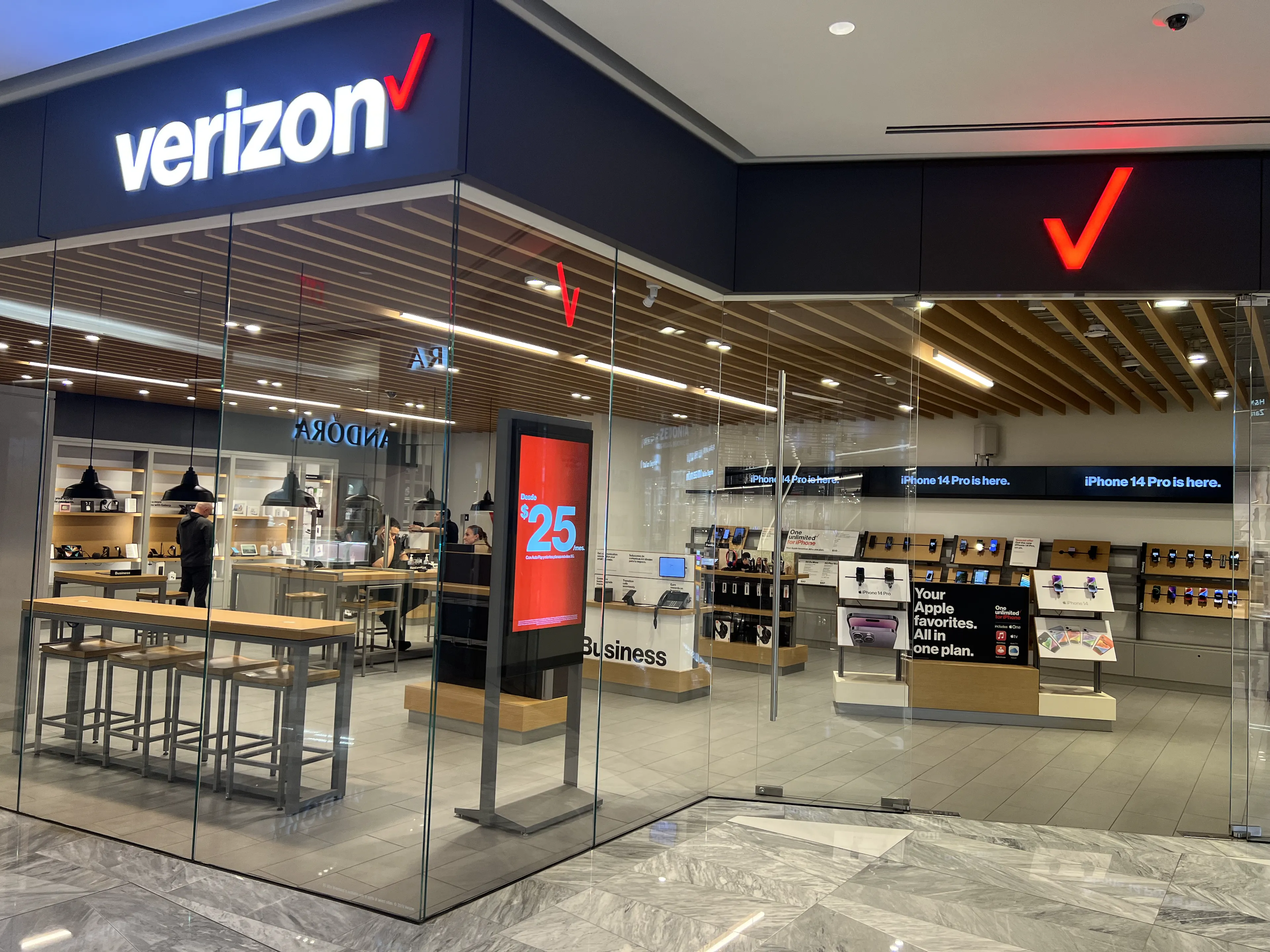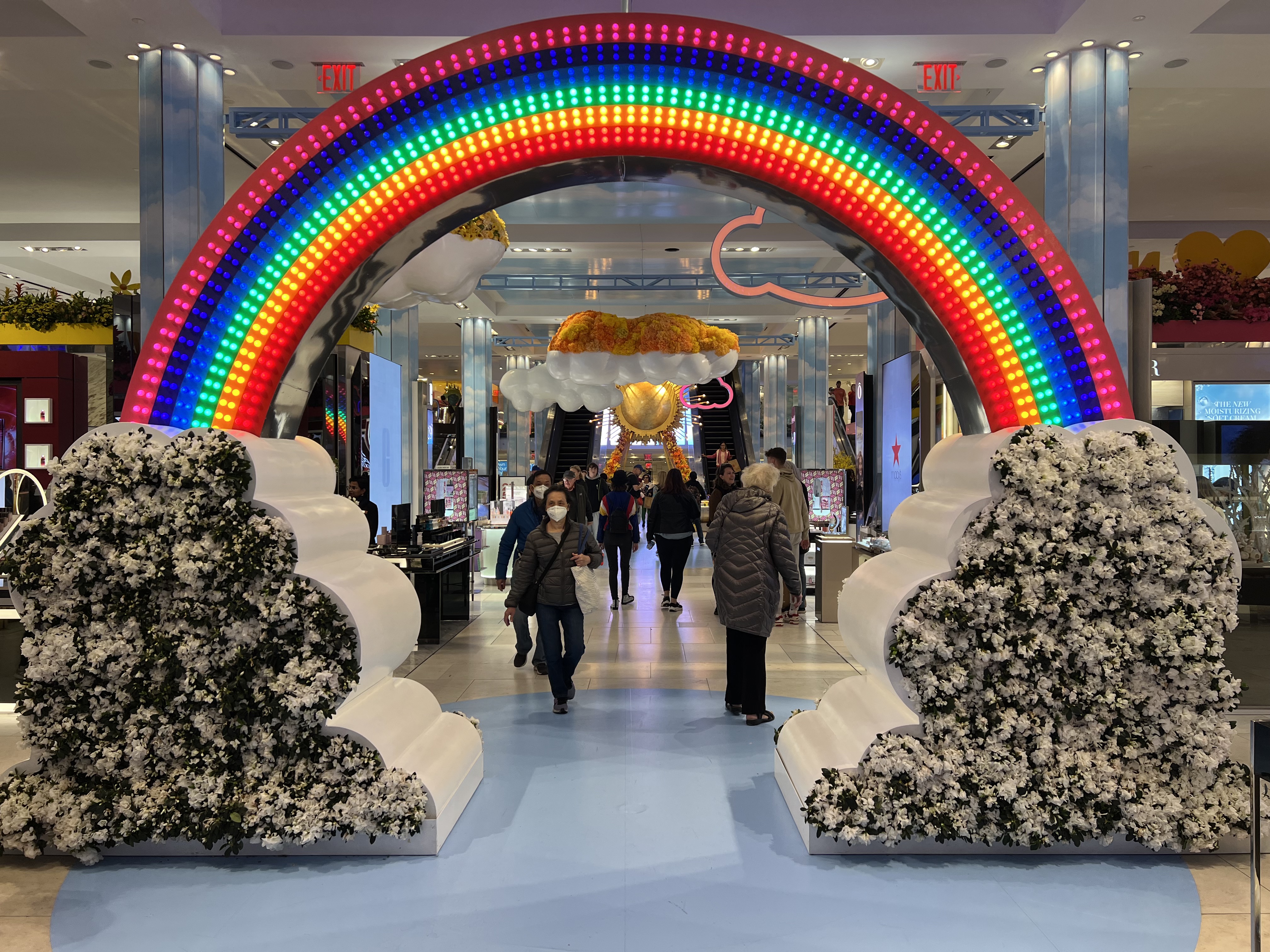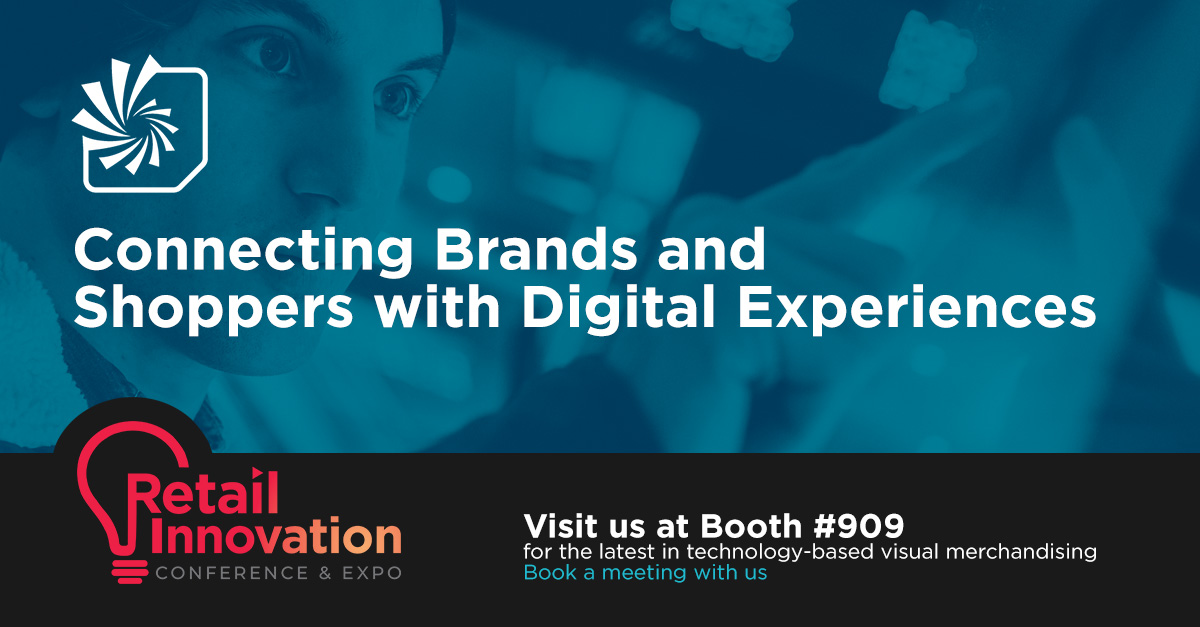How Retail Media Networks Strengthen In-Store Messaging
Context is Key: How Retail Media Networks Strengthen In-Store Messaging
I knew a woman who would ask for a sign each time she was faced with making a significant life decision. Her chosen sign was usually a red rose, and she'd wait patiently for it to show up and give her the confirmation she needed that she was embarking on the right path.
Whether or not you believe in signs, most of us would agree that we often look for external prompts that validate our desires – we're wired to do that. And, when you strongly desire a specific outcome, certain symbols and signals often take on a contextual significance they otherwise don't have. It all comes down to whether or not you find what you're looking for in the right place and at the right time. This is true in many areas of life and rather vividly within the context of retail — specifically, retail media networks.
What are retail media networks?
A retail media network (RMN) refers to the digital channels owned by a retailer and offered to third-party businesses for advertising purposes. Put concretely, retail media networks are a fast-growing new media channel offering advertisers a formidable avenue to catch shoppers' attention through web, mobile, or in-store digital signage advertising.
RMNs have been around for a few years, but usage ramped up during the pandemic when at-home consumers created an unprecedented surge in online traffic. When people are already in the mood to buy and close to the point of purchase, that's the ideal time to present other purchase options adjacent to their buying habits. Leveraging warm traffic is what retail media networks do best. The buyer has an end goal in mind and is compelled by various desires, and retail media networks can confirm and expand those desires when a buyer is most receptive. This benefits everyone involved, from the retailer to the brands to the shoppers.
It's not too unlike steering a friend who's hanging a life decision on the manifestation of a rose into a garden center: she'll probably find not only what she's looking for while she's in there but other plants and flowers to go with it (and you'll both end up with more peace of mind!). The right signs at the right time make all the difference in the paths we take.
How retail media networks benefit brick-and-mortar stores
Post-pandemic, growth has remained steady in the retail media sector, with eMarketer projecting digital media ad spending will grow 25.8% and reach $51.36 billion this year. And, while a great deal of retail media occurs online, many companies whose in-store shoppers exceed their digital shoppers are learning how to effectively incorporate retail media networks within their brick-and-mortar stores. I want to explore this point in particular.
Brick-and-mortar retailers — whether specialty retailers, Big Box chains, or e-commerce brands moving to physical store locations — are well-positioned to benefit from retail media networks due to the currency they have to command advertising dollars based on their understanding of who their shopper is. Placing an ad on a screen during a shopper's online purchasing journey can certainly be effective in enhancing customer experience and prompting a purchase. Still, the case can (and should) be made for a carefully tailored in-store interaction. It's hard to get more personalized than having one's needs anticipated and met in person.
Meeting shoppers where they are at — physically and emotionally
Personalization within the context of in-store shopping is easier to achieve since most people have a reasonably clear idea of what goods they've come to find when they enter a given store. They're primed to be receptive to options presented within that milieu. There are numerous ways to create a personalized experience for in-store shoppers via retail marketing, including:
- Use of in-store analytics to determine proper placement: Whether it's traffic, heat mapping for journey paths, or dwell time measurement, the intelligent use of customer data yields viable ways to measure engagement. Insights gleaned allow for more intentional placement of visual merchandising/digital signage apertures within the in-store journey and ecosystem.
- Interactive displays: Customers can input their preferences, discover products, or sign up for loyalty programs while also receiving information about brand offers that coincide with their choices.
- Contextually relevant messages and reminders: A shopper's journey might begin well before they enter a store while browsing a company's website online. While they are in-store, the mobile app might serve as reinforcing media as part of the in-store digital signage network campaign.
Retail media networks are excellent at creating an omnichannel customer experience that can start at any point — online or in-store — and move in both directions to create a seamless customer-meets-brand experience.
Brick and mortar should also take advantage of Retail Media Networks by extending the power of the platform to in-store digital signage. Doing so creates a viable new revenue generation opportunity as a “pay to play” to offer brands a highly targeted way to get in front of their desired audience. Another benefit is a potential amortization or way to defray and fund the capital expense associated with digital signage component of visual merchandising. It becomes a way for retailers to create a closed/walled garden with a Digital Out of Home network inside their four walls and be able to generate media money to either partially or fully fund the investment.
What's next for retail media networks
On-premise, endemic advertising will continue to grow in the coming years. The most powerful feature of this marketing channel is its ability to engage with shopper intent, which is particularly saturated in physical locations and can be nurtured at various points that are proximate to the point of purchase throughout the store. Cross-visitation between physical stores provides retailers with a more accurate picture of how an advertising campaign fares than standard demographic analysis can. Advertisers and retailers will explore evolving formats with this in mind, from shop-in-shop concepts to directing foot traffic to reach target audiences in novel, more highly efficient ways.
So, the next time you find yourself throwing your hands up and asking the Universe to give you a sign, if you're lucky enough to be directed by a branding campaign that's being curated by an intelligent retail media network, you won't have to look too far to find the path that feels right.
Share this
You May Also Like
These Related Stories

Why Retail Media Networks are the Future for Stores

Retail Redefined: 2024 predictions that may shape the digital and design experience of brick & mortar

